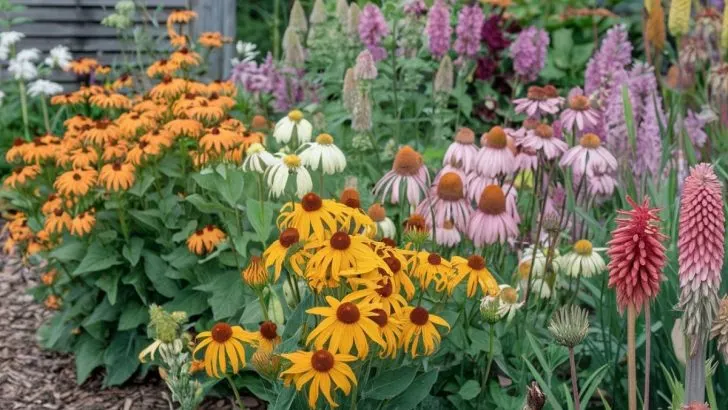As autumn unfurls its vibrant tapestry, gardeners everywhere face the annual ritual of readying their gardens for winter. The urge to tidy up and cut back perennials that have had their moment under the sun is understandable.
However, before you brandish those garden shears, pause and consider this: not all plants benefit from a fall haircut. Some perennials, left in their natural state, can offer winter interest and create a haven for wildlife.
In fact, cutting back certain perennials this time of year may deprive your garden of valuable architectural beauty and ecological benefits.
Those frosty mornings, while they might signal the end of blooms, don’t mean the garden has to be barren. By leaving some plants intact until spring, you’re not just enhancing your garden’s appeal but also supporting the environment.
Let’s explore seven perennials that deserve a reprieve this November. They’ll keep your garden looking fabulous and provide essential support to winter wildlife.
1. Black-eyed Susan: A Winter Goldmine
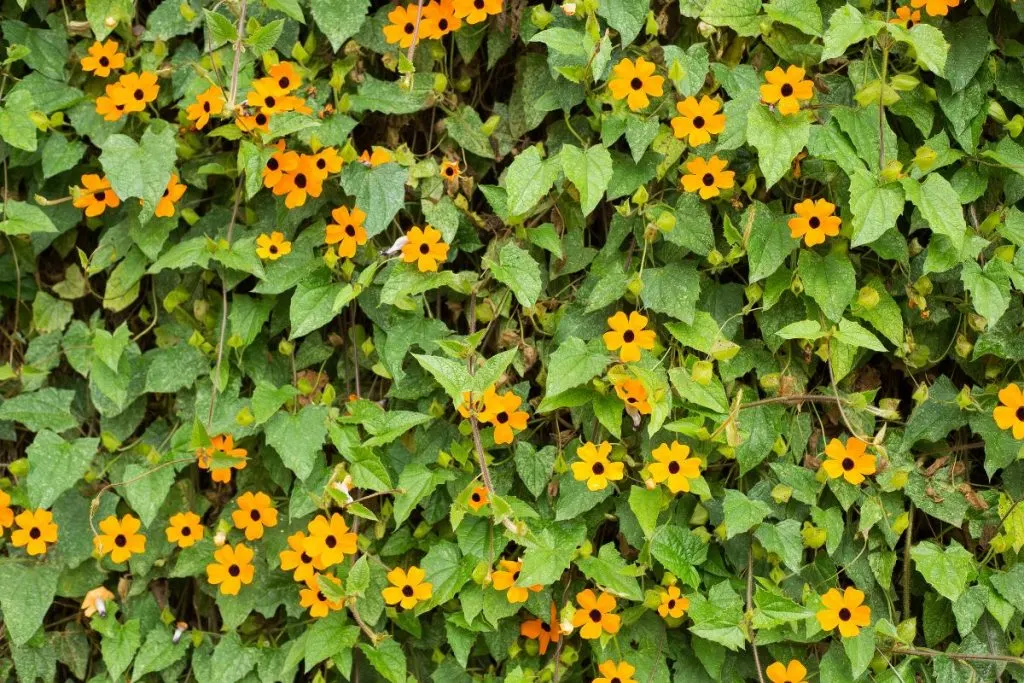
Oh, the Black-eyed Susan! Known scientifically as Rudbeckia, these cheerful plants are all about that striking dark center surrounded by sun-drenched petals.
While during the summer they woo bees and butterflies, come fall and winter, their seed heads turn into a gourmet buffet for birds like goldfinches and sparrows.
When covered in frost, those dark seed heads become nature’s jewelry, catching the winter sunlight in the most enchanting way.
By spring, when you finally trim back the old growth, your garden will be bursting with new life and energy.
Aside from feeding the birds, Black-eyed Susans, if left unpruned, save you the trouble of winter wind exposing the soil and leaving your garden looking bare and lifeless.
2. Coneflowers: Nature’s Stalwarts
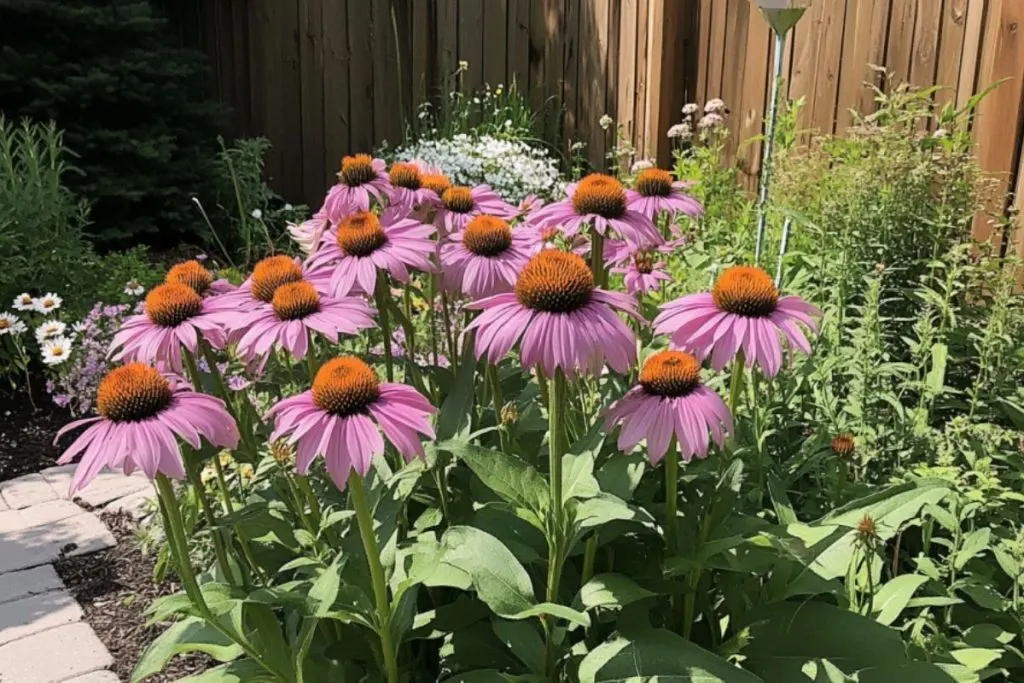
Next up are the Coneflowers, or echinacea if you’re feeling fancy. Their iconic raised centers speckled with seeds are more than just for show. They draw in a crowd of birds during the colder months, making them a priceless addition to your winter landscape.
Ranging in heights that rival skyscrapers (well, in the plant world, anyway), coneflowers transform into natural sculptures when the world wears its icy cloak. They bring a dash of drama to your garden that’s hard to match.
Leaving coneflowers until spring also means the robust stems offer a natural shield against the harsh winter. With a bit of mulching, they create a mini fortress for the roots, ensuring a robust comeback next season.
3. Coral Bells: A Kaleidoscope of Color
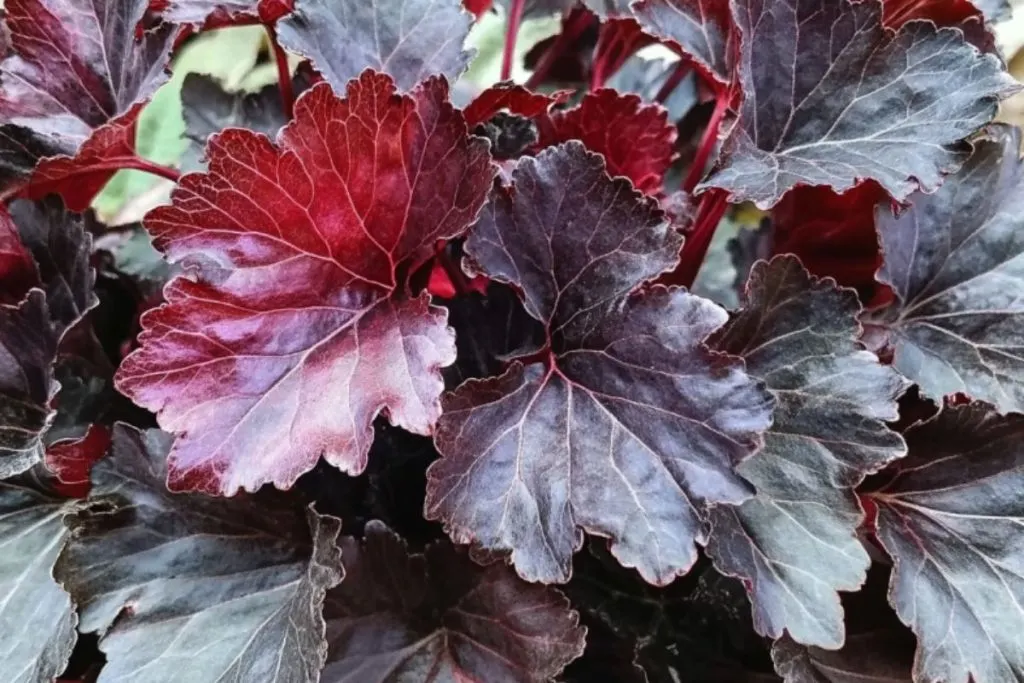
When it comes to Coral Bells—or Heuchera—why cut away the very thing that brings your garden color all year round? In milder climates, they stay vibrant, lighting up those dull winter days.
Even if your variety dies back, the old foliage acts like a cozy blanket, protecting the crown. And let’s be real, who wouldn’t want a bit of extra warmth during those chilly nights?
Snipping them in the fall can damage their delicate systems. Instead, let them rest until spring when they can emerge stronger and more dazzling than ever.
4. Globe Thistle: A Prickly Guardian
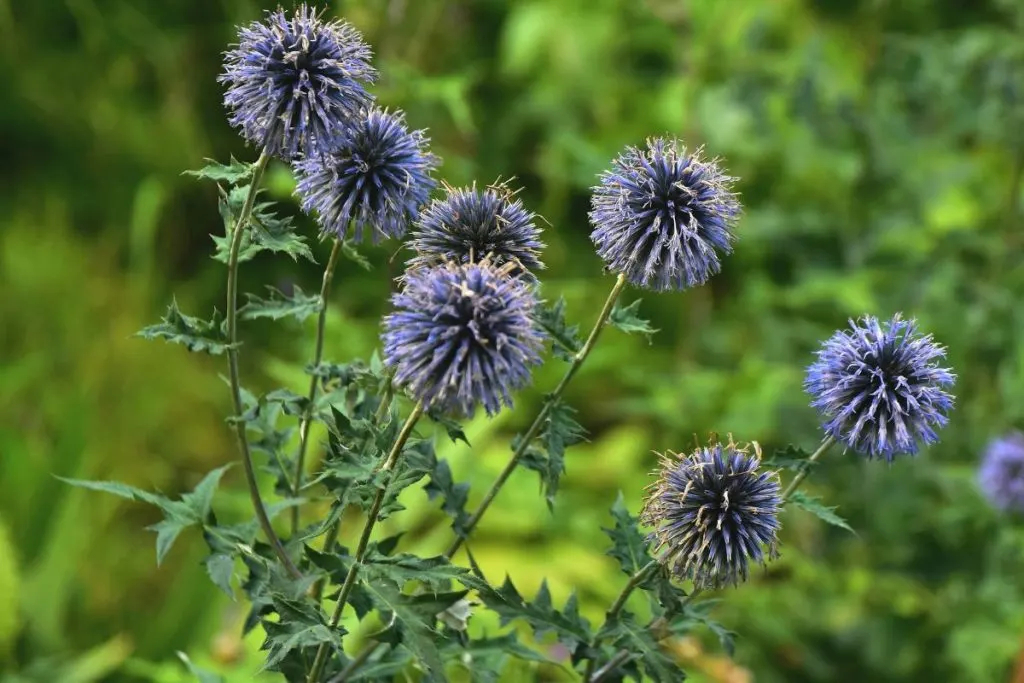
The Globe Thistle, or Echinops, is a tough cookie, with its spiky foliage and spherical blooms. Loved by bees and butterflies when it’s warmer, these too serve a purpose in the colder months.
Those globe-shaped heads, when dried, add a unique structure to your garden and serve as an excellent food source for birds. It’s nature’s way of combining form and function.
Though beautiful, handling Globe Thistles requires caution. Keep those spiky parts intact as they deter pests and keep the garden looking adventurous.
5. Milkweed: A Haven for Monarchs
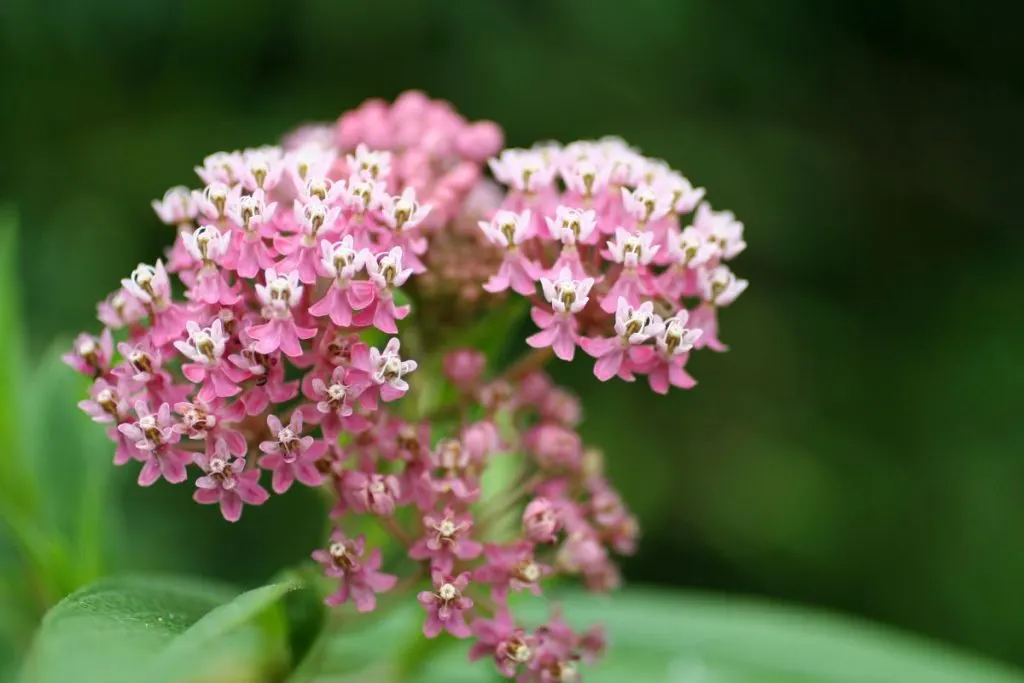
Milkweed is more than just a pretty face. As the sole host for Monarch butterflies, it’s indispensable. It supports their lifecycle and also attracts a range of other pollinators.
In fall, leaving the stalks standing provides critical refuge for insects and critters seeking a winter shelter. Think of it as a tiny hotel in your backyard for beneficial bugs.
With its declining population, growing milkweed is like saving a seat for Mother Nature at your dinner table. It’s a step towards regenerating the butterfly population.
6. Red Hot Poker: A Fiery Surprise
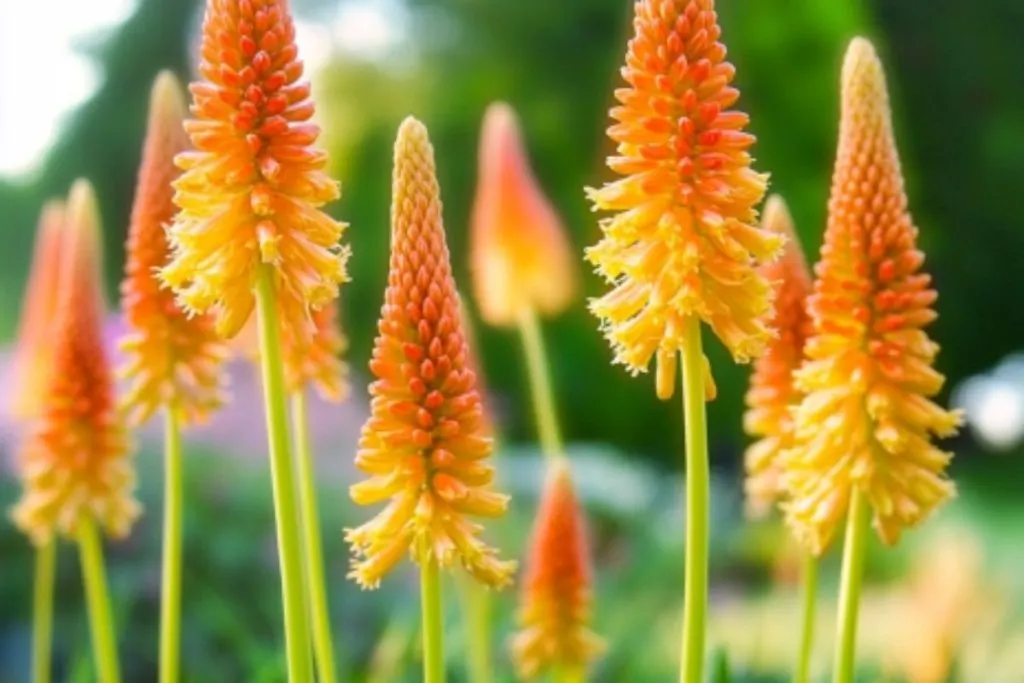
Known as Kniphofia, these fiery beauties are a visual treat with their vibrant hues. But trimming them prematurely can expose the plant to cold damage.
These perennials adore the heat, so leaving them intact acts as thermal insulation, protecting them against frost until warmer days return.
Resisting the urge to cut them back rewards you with a plant that will return with renewed vigor, year after year.
7. Sedum: The Resilient Beauty
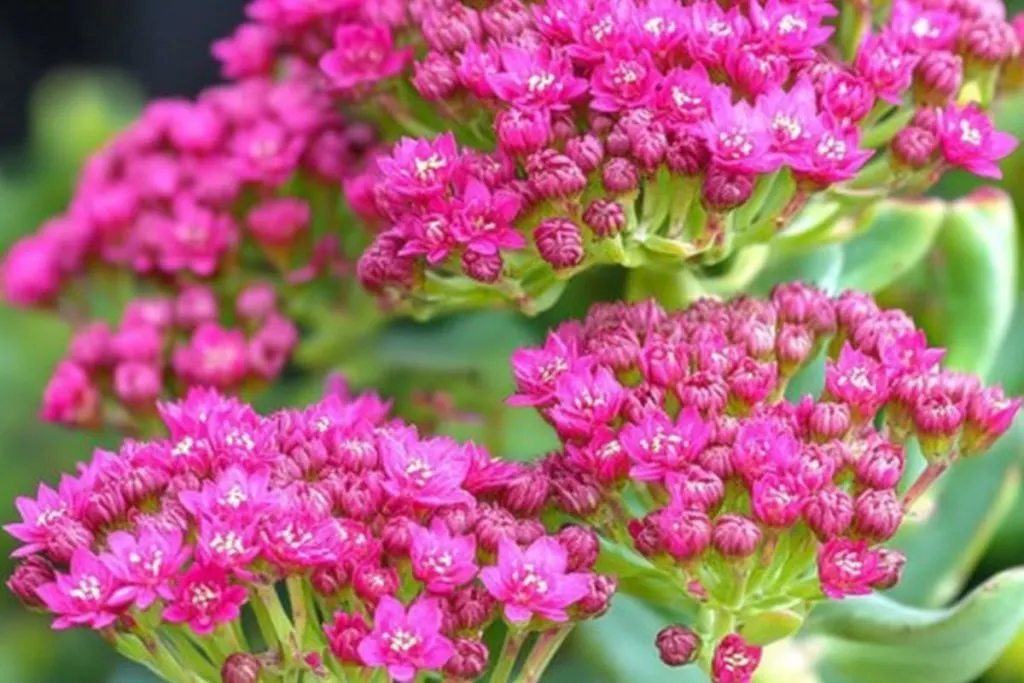
Sedum is a powerhouse of resilience. Whether it’s the tall varieties or the ground-hugging ones, they’re capable of withstanding the harshest winters with grace.
The dried flower heads provide essential shelter and food for birds. They’re not just standing there looking pretty—they’re doing important work.
Adding structure and depth to your winter landscape, sedums are the unsung heroes, ensuring your garden remains lively and ecological.
By resisting the urge to chop these perennials, you’re not just taking a more relaxed approach to gardening; you’re participating in a cycle that benefits both nature and aesthetics.
So this November, why not let your garden grow a little wild and become a sanctuary for both your senses and your local wildlife?

